Animals are loved by nearly everyone within the world, yet humans are a dangerous threat to their survival. Every single one among the animals on this list isn't only rare, but also critically endangered or “just” endangered. The low population of those rare animals is primarily because of habitat loss, hunting, or accidental death caused by human activities. While conservationists have successfully bred a number of these animals, others aren't so lucky and are on the brink of complete extinction. Hopefully, with more awareness, including the data on this list, we might see a number of these rare animals recover within the future.
Let's start the countdown!!
- Black-footed Ferret
Location: Arizona, Wyoming, South Dakota, and Montana, USA; previously native to the Great Plains of North America
Current Conservation Status: Endangered
Scientific Name: Mustela nigripes
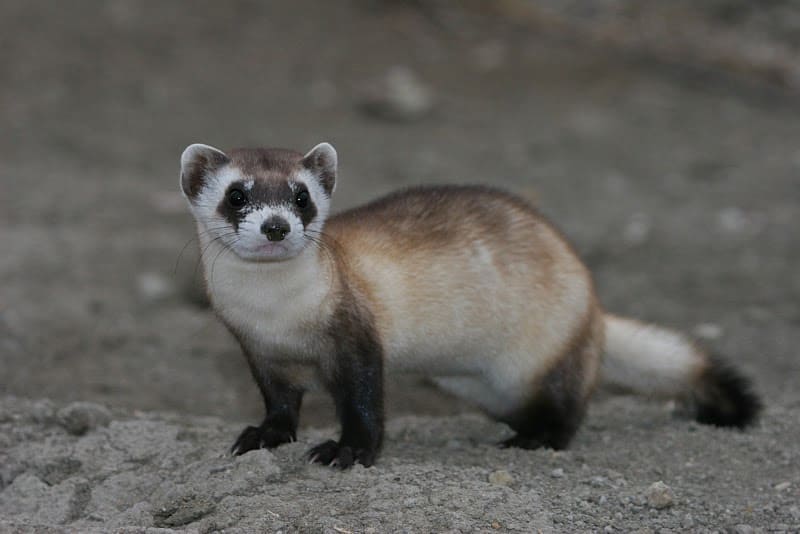
Did You Know?
Black-footed Ferrets primarily hunt prairie dogs and because of their dependence on the other species, the population of Black-footed Ferrets is heavily impacted by the wild population of prairie dogs, which has also been in decline in recent years
- Addax
Location: Sahara Desert
Current Conservation Status: Critically Endangered
Scientific Name: Addax nasomaculatus
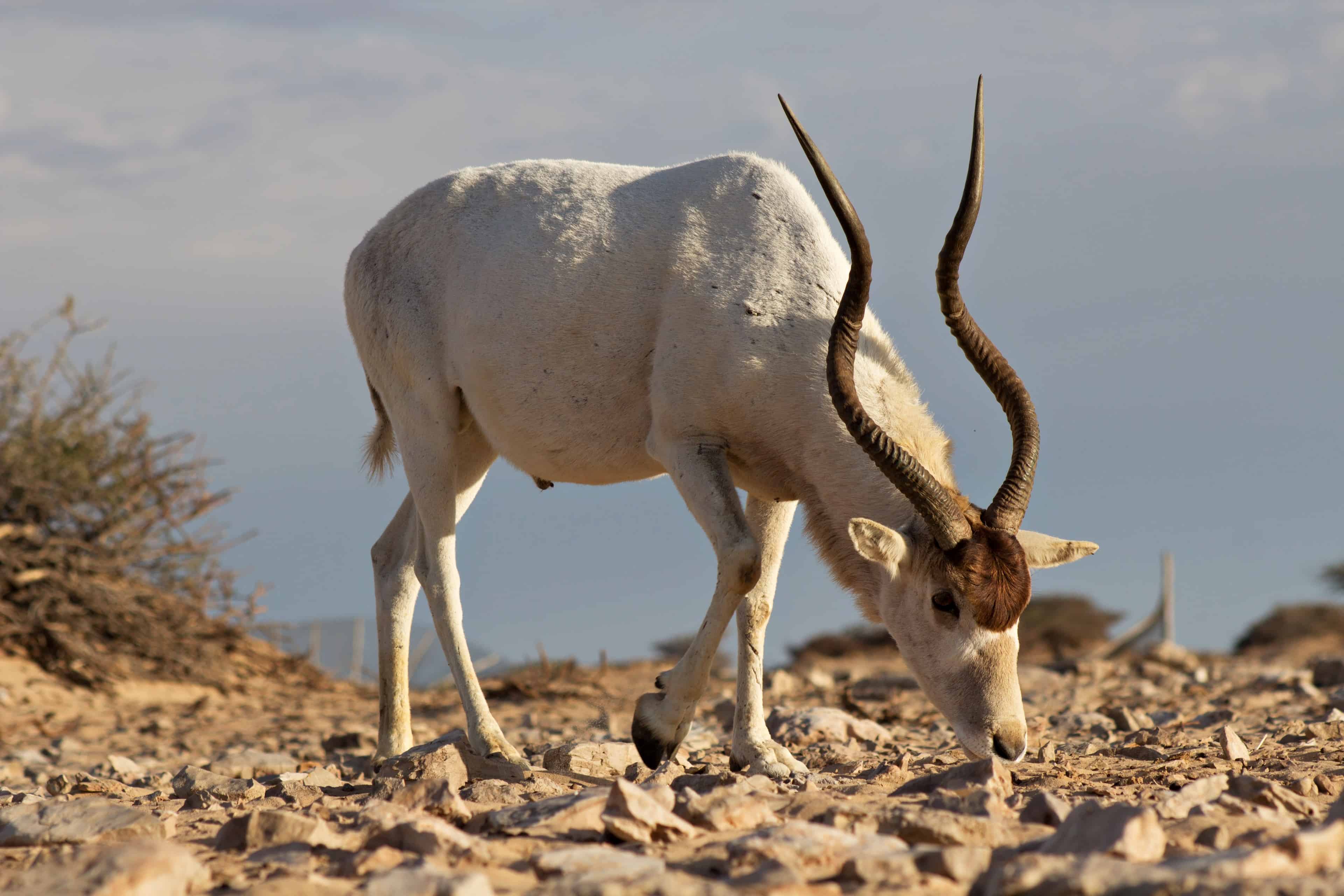
Did You Know?
Addaxes only excrete dry feces and concentrated urine because they use every bit of water that they eat.
- Northern Bald Ibis
Location: Southern Morocco and Syria; previously also found throughout Europe, North Africa, and other parts of the Middle East
Current Conservation Status: Endangered
Scientific Name: Geronticus eremita
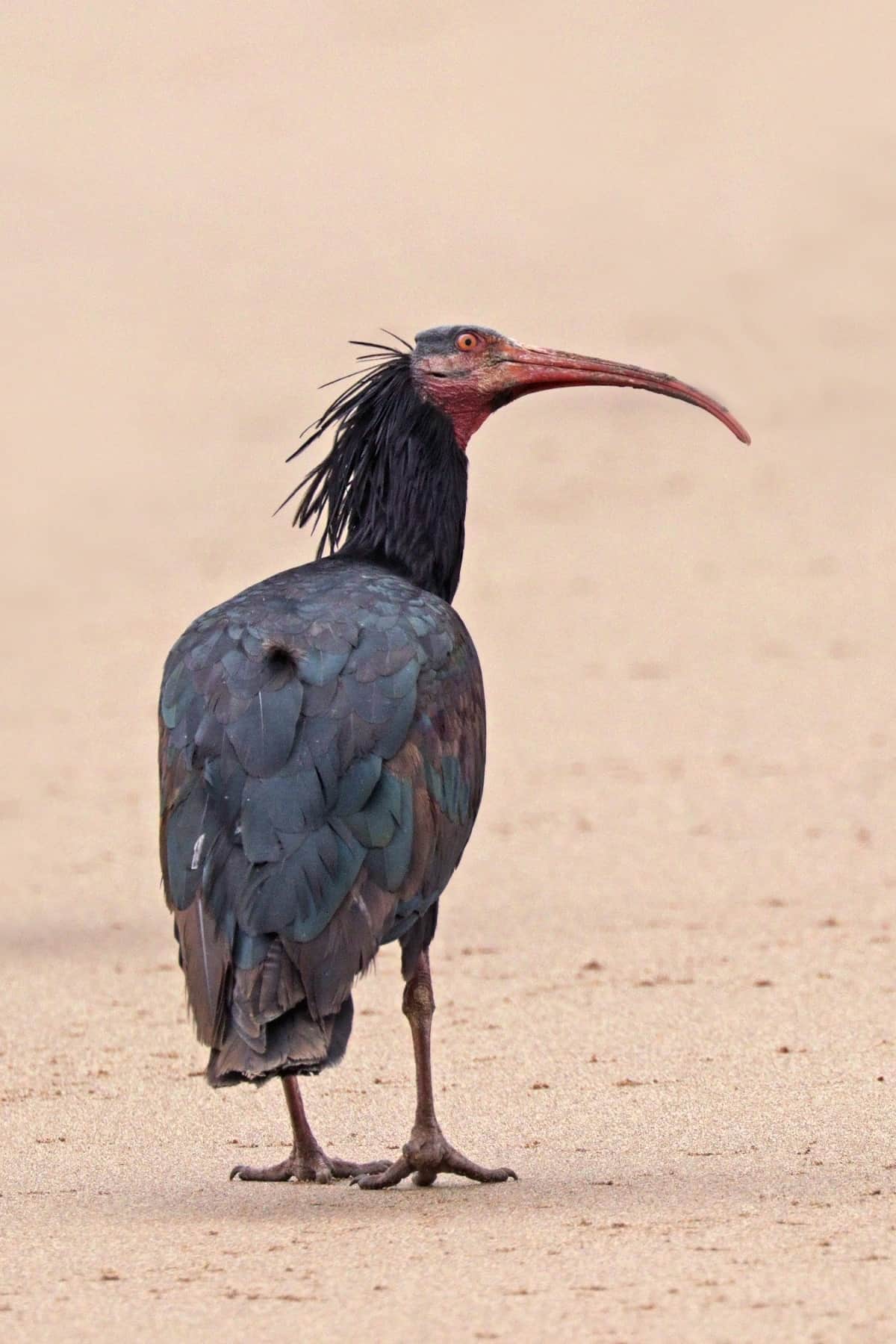
Did You Know?
The Northern Bald Ibis is an ancient bird species with fossils dating to the Holocene (c.10,000 years ago), middle Pleistocene (c. 900,000 years ago), and even as far back as the Pliocene-Pleistocene boundary (c. 1.8 million years ago).
- Cross River Gorilla
Location: Forested hills and mountains of the Cameroon-Nigeria border region at the headwaters of the Cross River (Nigeria)
Current Conservation Status: Critically Endangered
Scientific Name: Gorilla gorilla diehli
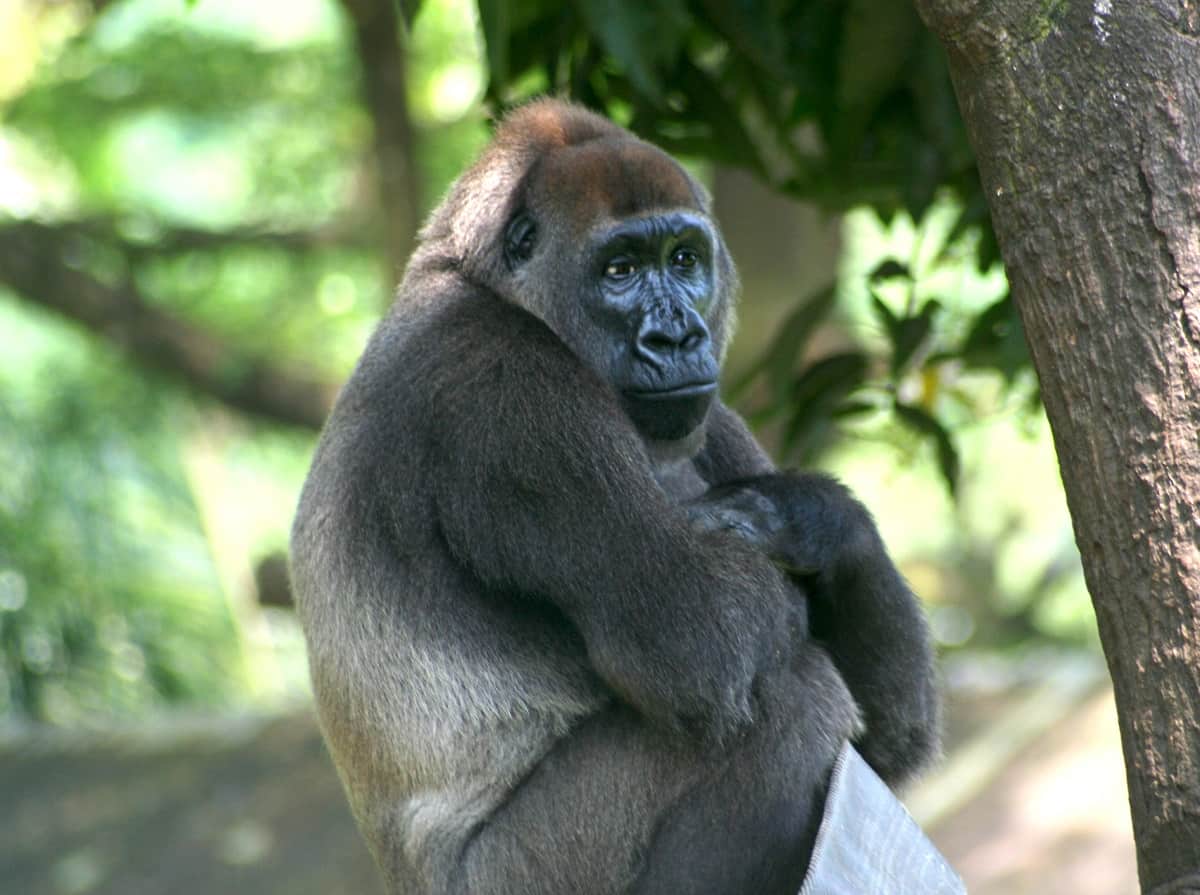
Did You Know?
Cross River Gorillas live in small scattered groups that rarely, if ever, interact with one another, which has led to inbreeding. This results in a loss of genetic diversity and a weaker gene pool and also negatively impacts the already small population of Cross River Gorillas.
- Saola
Location: Annamite Range of Vietnam and Laos
Current Conservation Status: Critically Endangered
Scientific Name: Pseudoryx nghetinhensis
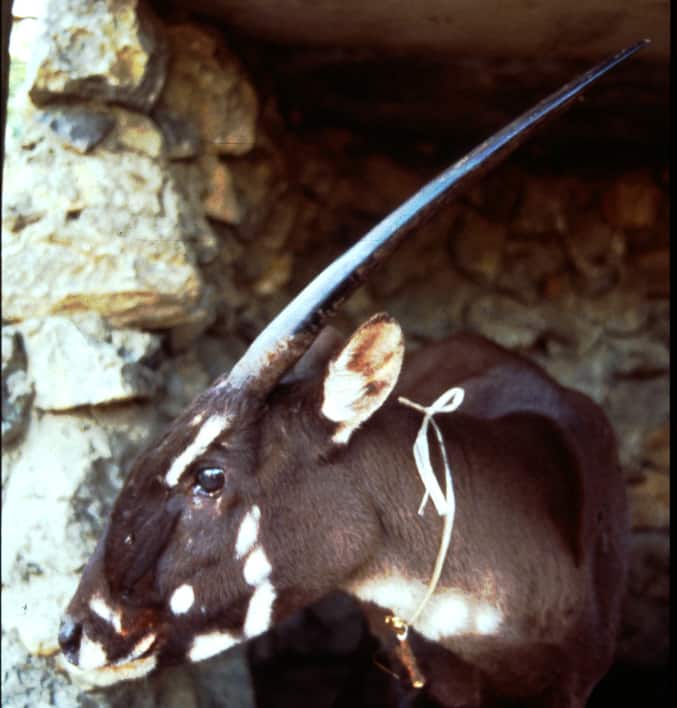
Did You Know?
Most of the information known about the Saola comes from William G. Robichaud, who managed to keep a female Saola in captivity for about 15 days before she died of unknown causes.
- Amur Leopard
Location: Primorye region of southeastern Russia and northern China
Current Conservation Status: Critically Endangered
Scientific Name: Panthera pardus orientalis

Did You Know?
The rosettes or spots on Amur Leopards are larger, more widely spaced, and have thicker black borders than those found on the other species of leopards.
- Philippine Crocodile
Location: fragmented habitats on the islands of Dalupiri, Luzon and Mindanao in the Philippines
Current Conservation Status: Critically Endangered
Scientific Name: Crocodylus mindorensis
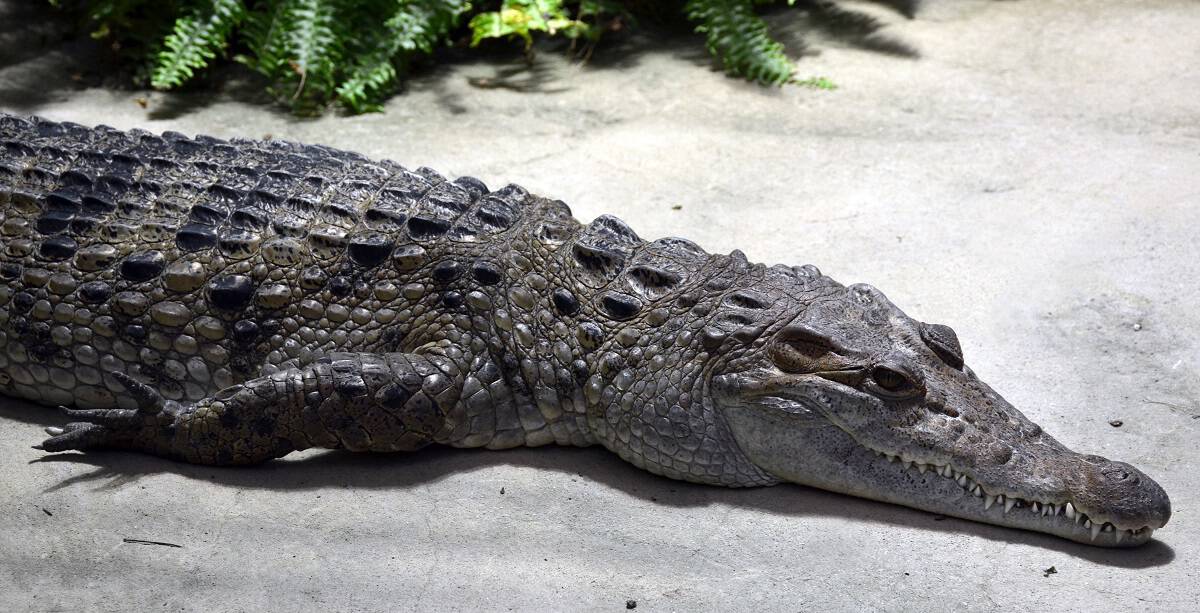
Did You Know?
Killing a Philippine Crocodile is illegal and comes with a maximum fine of of ₱100,000 (equivalent to about $2,500).
- Sumatran Rhino
Location: Sumatra and Borneo (used to be found in India, Bhutan, Bangladesh, Myanmar, Laos, Thailand, Malaysia, other parts of Indonesia, and China
Current Conservation Status: Critically Endangered
Scientific Name: Dicerorhinus sumatrensis
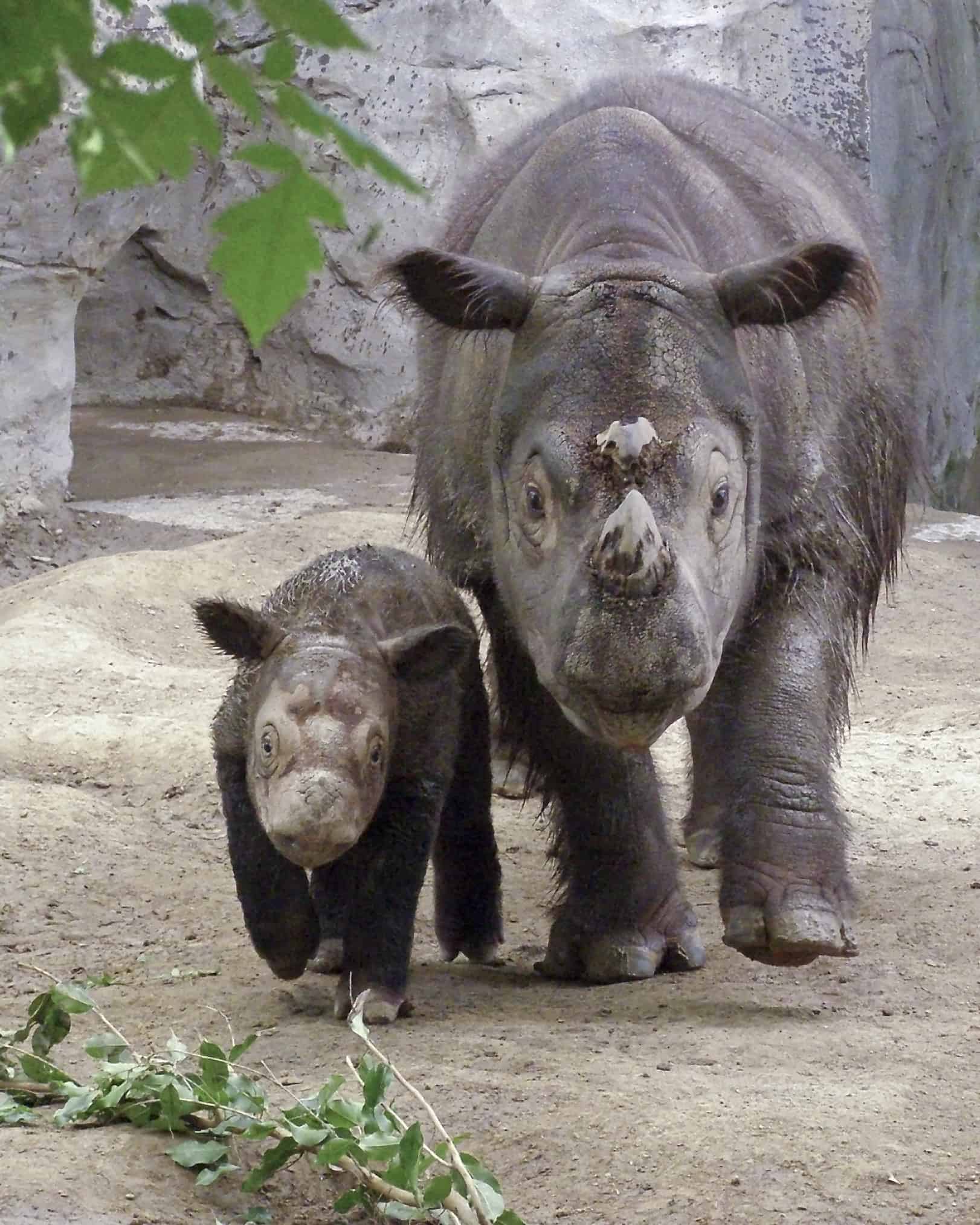
Did You Know?
Scientists believe that the Sumatran Rhino is the most primitive (oldest) rhino species because of its hair and other ancient features. Also, the Sumatran Rhino is the closest living relative to the woolly rhinoceros that lived in the frigid lands of Europe and Asia during the Ice Age.
- South China Tiger
Location: Southern China
Current Conservation Status: Critically Endangered
Scientific Name: Panthera tigris tigri
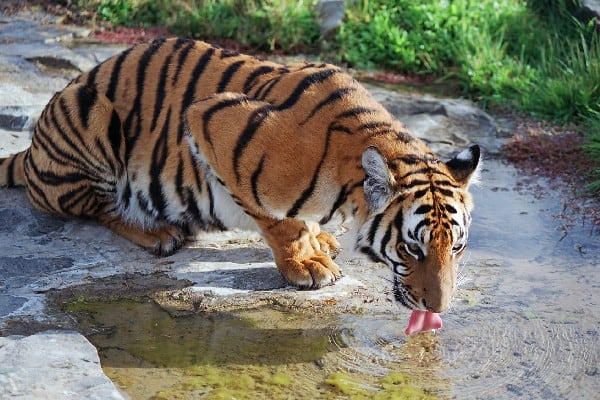
photo source: Wikimedia Commons
Did You Know?
There is genetic evidence that suggests that a majority of the captive South China Tigers are not “pure” and that they had been cross-bred with other subspecies of tigers.
- Vaquita
Location: Northern part of the Gulf of California
Current Conservation Status: Critically Endangered
Scientific Name: Phocoena sinus

While not much is known about the Vaquita, the maximum known lifespan of an individual Vaquita was a female who lived 21 years.
THAT IS ALL I GOT FOR YOU ALL THIS WEEK!WHICH OF THESE ANIMALS IN THE RAREST (ENDANGERED) LIST SHOOK YOU THE MOST?
COMMENT BELOW!HAVE A PRODUCTIVE WEEK AHEAD.
Comments
Post a Comment